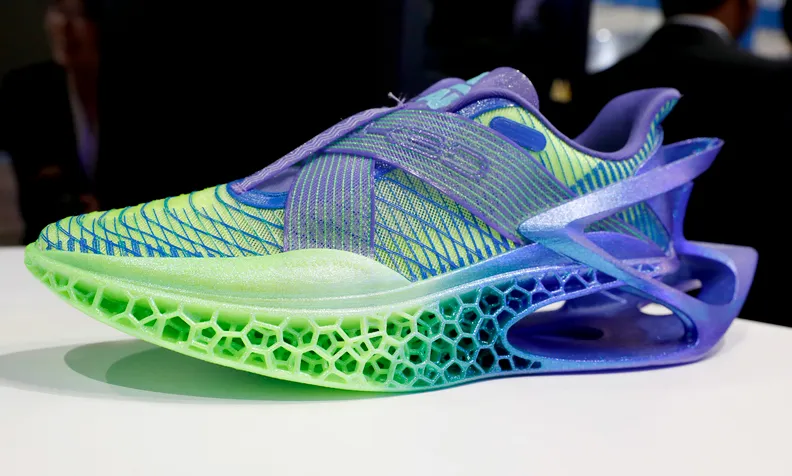
In a world where technology and innovation drive every industry forward, computational design is emerging as a game-changer in the footwear industry. The process is no longer limited to sketches and physical prototypes; today’s designers are leveraging algorithms, data, and digital modeling to create more adaptive, personalized, and performance-based footwear. From athletic to other footwear types, computational methods redefine how footwear is conceptualized, developed, and produced.
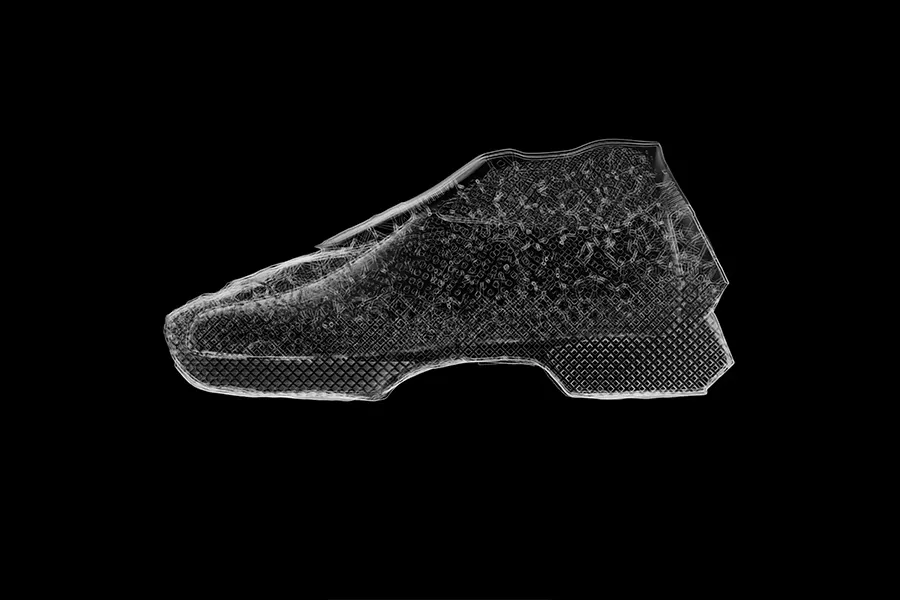
Computational design in footwear is implementing advanced computer-based algorithms, scripts, and processes to create data-driven footwear design solutions. It can help to analyze and optimize shoe designs in an adaptive and dynamic design process. Unlike traditional methods that rely heavily on manual sketches and physical prototypes, computational design harnesses the power of technology to simulate and manipulate footwear in a virtual environment.
This approach allows designers to explore complex geometric forms, customize the optimum fit based on individual foot data, and improve performance characteristics such as comfort, durability, and flexibility. Computational design empowers brands to combine aesthetics, biomechanics, and material science into a practical, effective workflow process, as it marks a shift towards precision and performance-led design innovation grounded in real-world data and performance metrics.
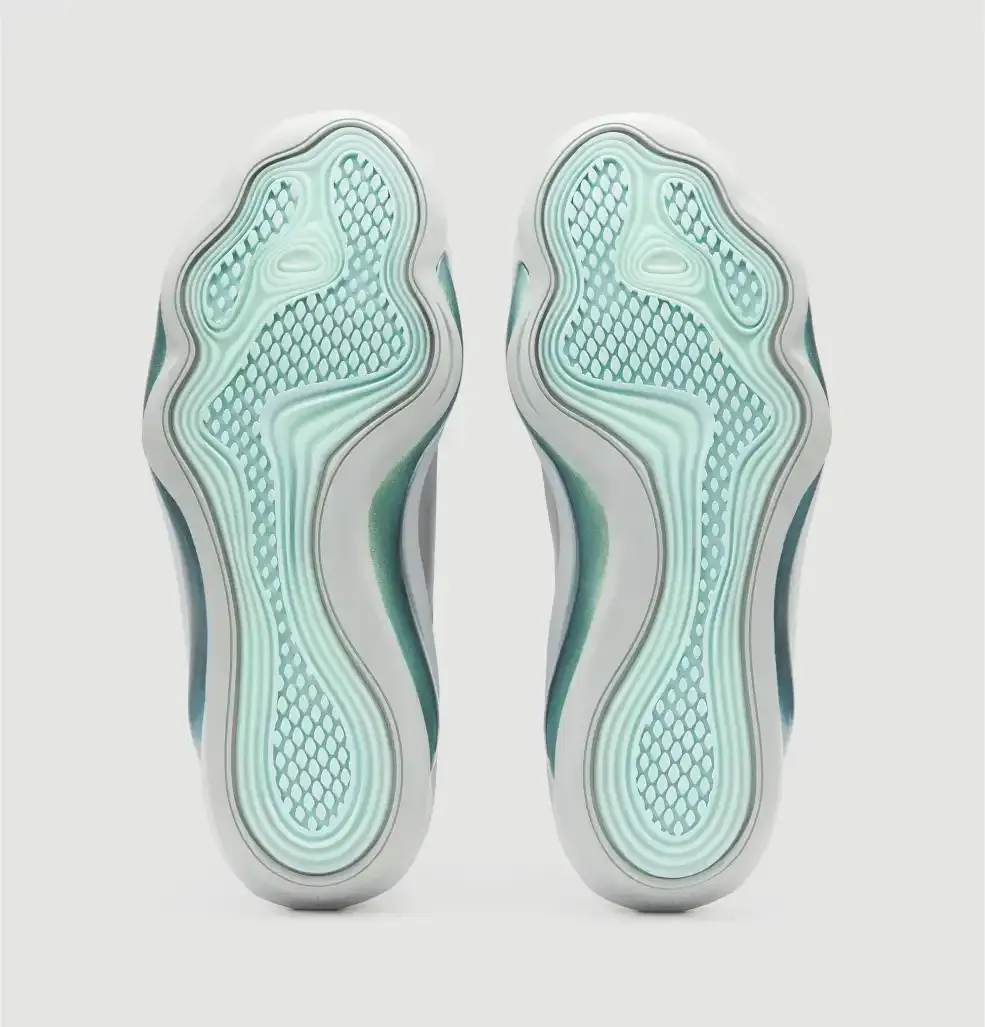
Several cutting technologies and workflow methodologies form the backbone of computational footwear design, including parametric modeling, generative design, and simulation tools, which are used to streamline the overall footwear design process.
Its parametric design capability allows the creation of adaptable workflows where specific features, such as sole thickness or any other shoe elements, can be quickly modified by changing relevant parameters. The generative design methods enable the production of multiple design options based on defined goals, such as minimizing weight or minimizing waste, for instance.
Other essential technologies also include:

These tools allow computational designers to push boundaries of typical footwear design, iterate designs faster, and deliver functionally suitable user-specific products.
At PAACADEMY, leading computational designers have conducted rich workshops for the footwear industry and practice. Check out “Additive Footwear Design: FDM and Resin”, “Structural Evolution”, and, most recently, “Procedurally Performant Patterns” workshops, which explore creating 3D printed footwear design using digital tools such as Grasshopper3D, Houdini, and Blender.
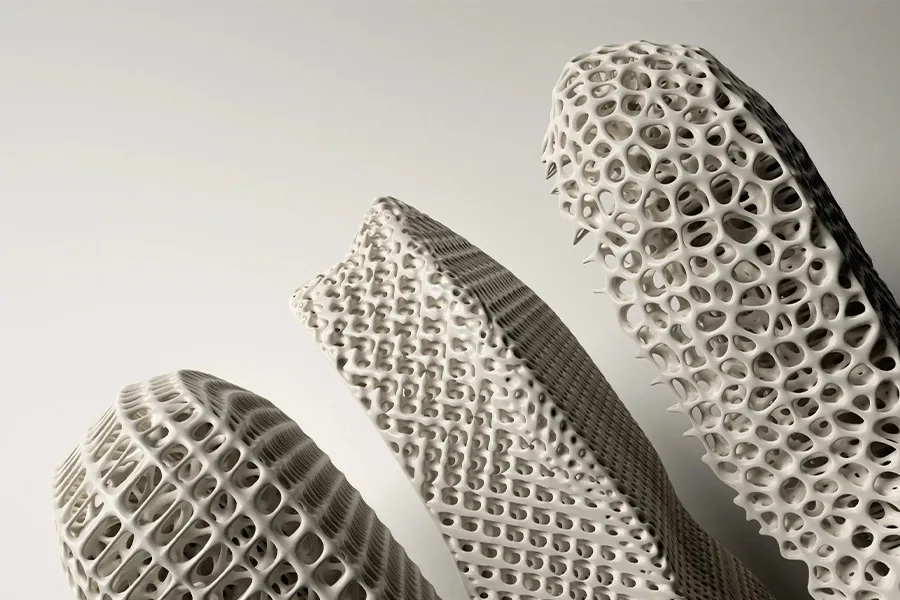
Computational design has also impacted the rise of mass customization in footwear. With access to implement detailed foot scans and biomechanical data effectively within the design process, brands can now create custom shoes that match the unique contours, gait patterns, and pressure points of each individual user.
The personalized approach goes beyond aesthetics, improving performance, comfort, and even injury prevention. It would be highly valuable for specified user groups, for instance, customized footwear is especially valuable for athletes, as it can be optimized for specific sports-related movements and fit preferences.
Leading brands like Adidas and Nike leverage computational customization to deliver tailored products at scale. As more users expect fit and function tailored to them, personalized footwear is evolving to a mainstream industry expectation.
Onur Yüce Gün, a leading computational designer in the field, has contributed significantly to bridging the gap between computational design methods and footwear design, implementing lattice design forms, simulations, light-weighting, and data-driven design for performance optimization.
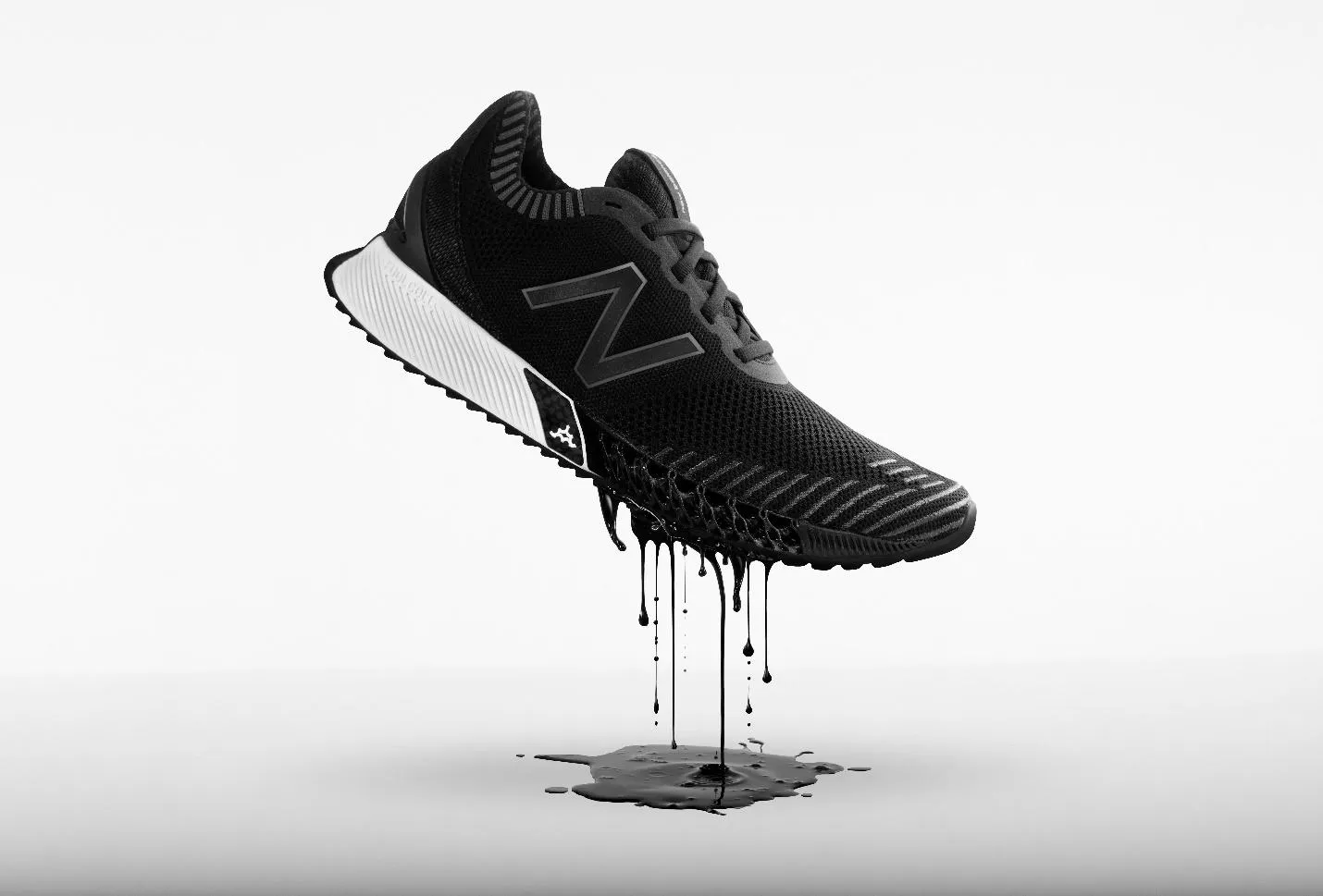
In parallel with performance and personalization benefits, computational design tools significantly accelerate the footwear development process. Traditional processes involve numerous physical prototypes, time-intensive testing, and manual revisions. Computational workflows compress these timelines.
Computational design enables simulating flexibility and stress before producing physical samples, instantly adjusting models based on athlete feedback or biometric data, as well as automating repetitive tasks such as pattern generation through parametric modeling features.
This fastens iterative workflows of footwear designs. It's not just about developing better shoes, it's about doing smarter, faster, and more sustainably.
As computational design becomes a more integral part of footwear innovation, leading brands like Nike and Adidas are setting new standards in how shoes are conceptualized, developed, and customized. Below are detailed case studies of global footwear brands implementing digital design technologies.
Nike has been a pioneer in integrating computational design into both performance and lifestyle footwear. Their Flyprint technology uses athlete motion data to create digitally optimized, zone-specific materials that enhance the flexibility for the user, made possible through parametric design and algorithmic modeling.
By connecting computational design with users' data, Nike is delivering footwear that adapts to the individual and improves performance dynamically.
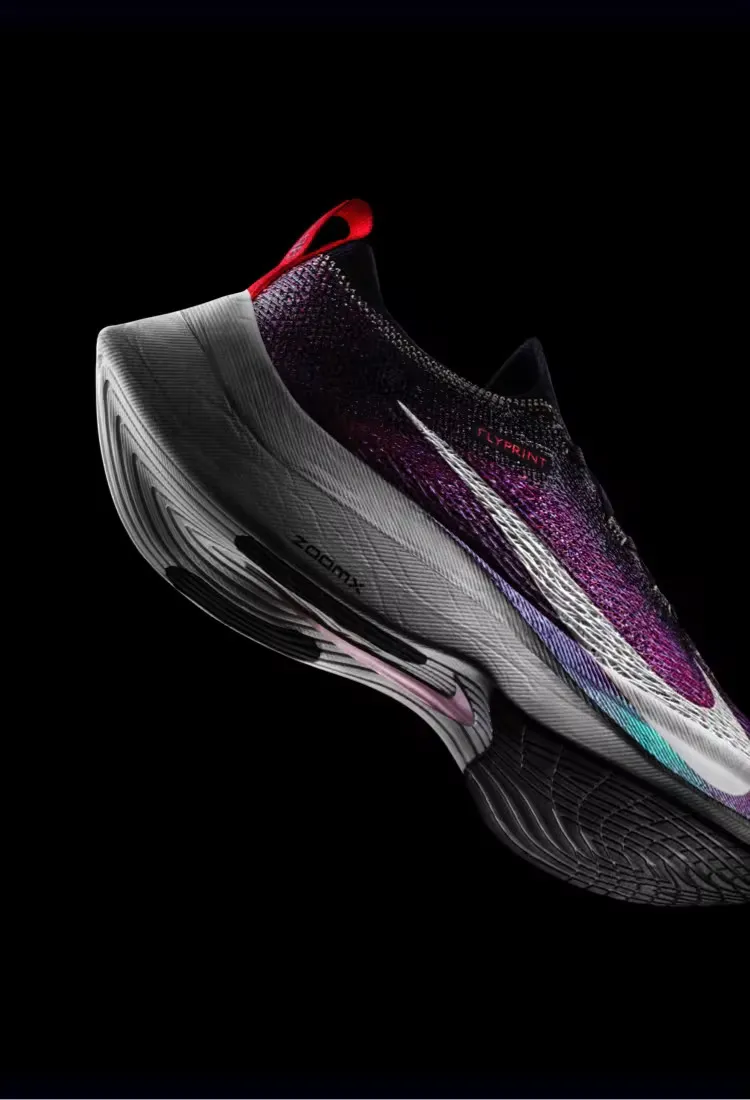
Adidas has been applying computational design methods for its unique Futurecraft 4D and 4DFWD products. The shoe designs feature 3D-printed midsoles created using Carbon’s Digital Light Synthesis (DLS) technology, paired with the Carbon Design Engine, a platform that enables Adidas to generate complex lattice geometries optimized for defined motion patterns.
The midsoles are designed for specific functions, such as increased propulsion or reduced forces. Adidas uses simulation and biomechanics data to manipulate the lattice structure accordingly, achieving high-performance and responsive footwear products.
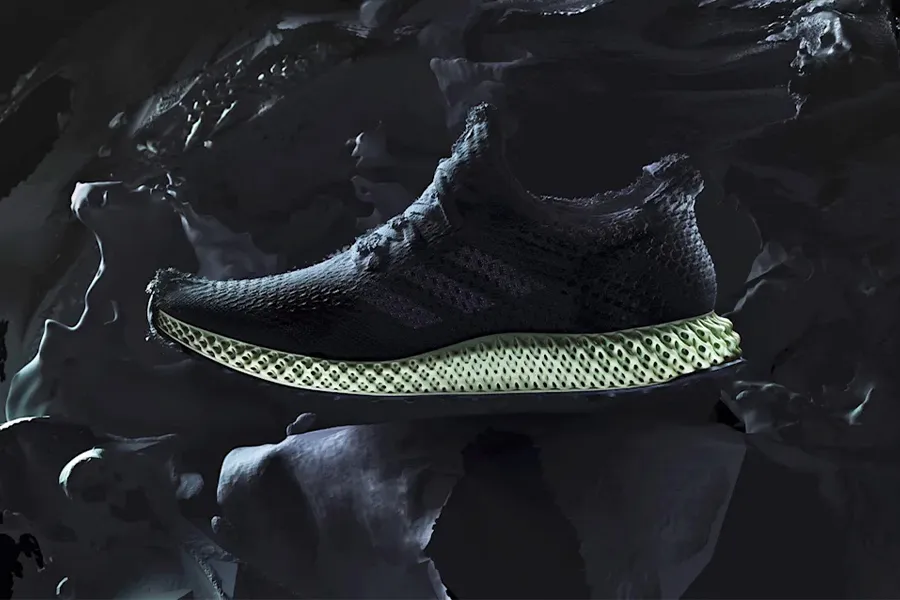
Computational design is no longer a futuristic concept; it is actively transforming how footwear is designed, developed, and experienced in the physical world. By leveraging technologies like parametric modeling, biomechanical data analysis, 3D printing, and adaptive customization, leading footwear brands are solving real-world design challenges while accelerating production timelines and enhancing product personalization.
With its powerful capabilities, computational design is set to drive the next generation of performance-driven footwear, delivering superior fit, comfort, and functionality. Recent AI technologies also hold strong potential in contributing to the field. Whether for elite athletes or everyday users, the future of footwear lies in the seamless integration of technology, data, and design innovation.
You must be logged in to comment.